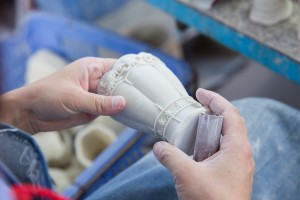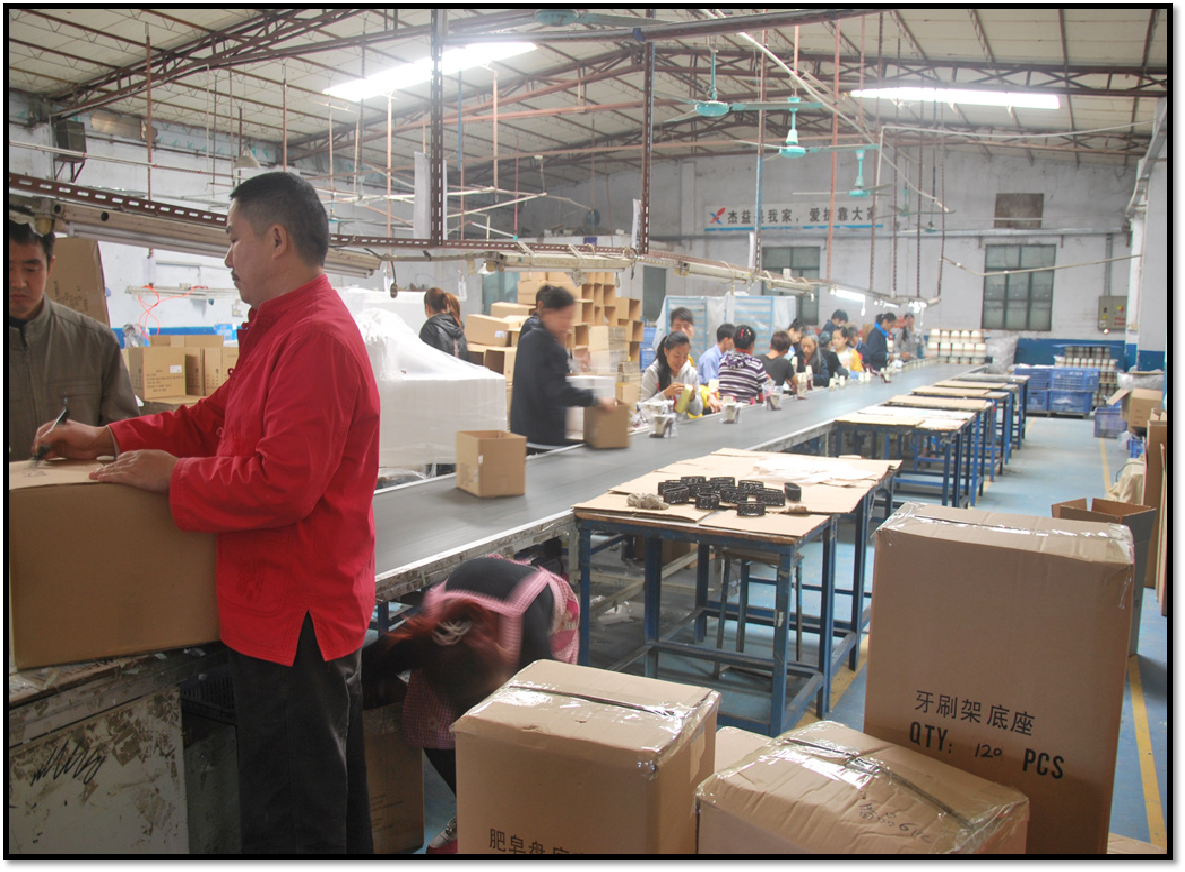Product Design & Prototyping:
Design Stage:
Initially, designers create product designs based on market demand or client requirements, often using Computer-Aided Design (CAD) tools for detailed drafting. This stage takes into account the product's appearance, structure, functionality, and decorative elements.
Prototyping:
After completing the design, a prototype is created. This can be done using 3D printing technology or traditional handcrafting methods, providing an initial sample to verify the feasibility of the design. The prototype helps assess design viability and serves as a reference for creating molds.
2. Mold Creation
Material Selection for Molds:
Resin molds can be made from various materials, including silicone molds, metal molds, or plastic molds. The choice of material depends on the product’s complexity, production volume, and budget.
Mold Production:
Silicone molds are ideal for low-cost and small-batch production and can easily replicate complex details. For large-scale production, metal molds are used due to their durability and suitability for mass production.
Mold Cleaning:
After the mold is made, it’s carefully cleaned and polished to ensure there are no contaminants, which could affect the quality of the final product during the production process.
3. Resin Mixing
Choice of Resin:
Common types of resins used include epoxy resin, polyester resin, and polyurethane resin, each chosen based on the product's intended use. Epoxy resin is generally used for higher-strength items, while polyester resin is used for most everyday craft products.
Mixing Resin and Hardener:
The resin is mixed with a hardener in a specified ratio. This mixture determines the final strength, transparency, and color of the resin. If needed, pigments or special effects can be added during this phase to achieve the desired color or finish.
4. Pouring & Curing
Pouring Process:
Once the resin is mixed, it’s poured into the prepared molds. To ensure that the resin fills every intricate detail, the mold is often vibrated to remove air bubbles and help the resin flow better.
Curing:
After pouring, the resin needs to cure (harden). This can be done through natural curing or by using heat curing ovens to speed up the process. Curing times vary depending on the type of resin and environmental conditions, generally ranging from a few hours to several days.
5. Demolding & Trimming
Demolding:
Once the resin has fully cured, the product is removed from the mold. At this stage, the item may have some residual mold marks, such as rough edges or excess material.
Trimming:
Precision tools are used to trim and smooth the edges, removing any excess material or imperfections, ensuring the product has a flawless finish.
6. Surface Finishing & Decoration
Sanding and Polishing:
Products, especially transparent or smooth resin items, are usually sanded and polished to remove scratches and irregularities, creating a sleek, shiny surface.
Decoration:
To enhance the product’s visual appeal, painting, spray-coating, and decorative inlays are applied. Materials such as metallic coatings, pearlescent paints, or diamond powder are commonly used for this phase.
UV Curing:
Some surface coatings or decorative finishes require UV curing to ensure they dry and harden correctly, enhancing their durability and gloss.
7. Quality Inspection & Control
Each product undergoes rigorous quality control checks to ensure it meets the desired standards. Inspection includes:
Size Precision: Ensuring the product dimensions match the design specifications.
Surface Quality: Checking for smoothness, absence of scratches, or bubbles.
Color Consistency: Confirming that the color is uniform and matches customer specifications.
Strength & Durability: Ensuring the resin product is strong, stable, and suitable for long-term use.
8. Packaging & Shipping
Packaging:
Resin craft items are typically packaged with shockproof materials to prevent damage during transportation. Packaging materials like foam, bubble wrap, and custom-designed boxes are used.
Shipping:
Once packaged, products are ready for shipment. International shipping requires adherence to specific export regulations and standards to ensure safe delivery.
Post time: Mar-29-2025









